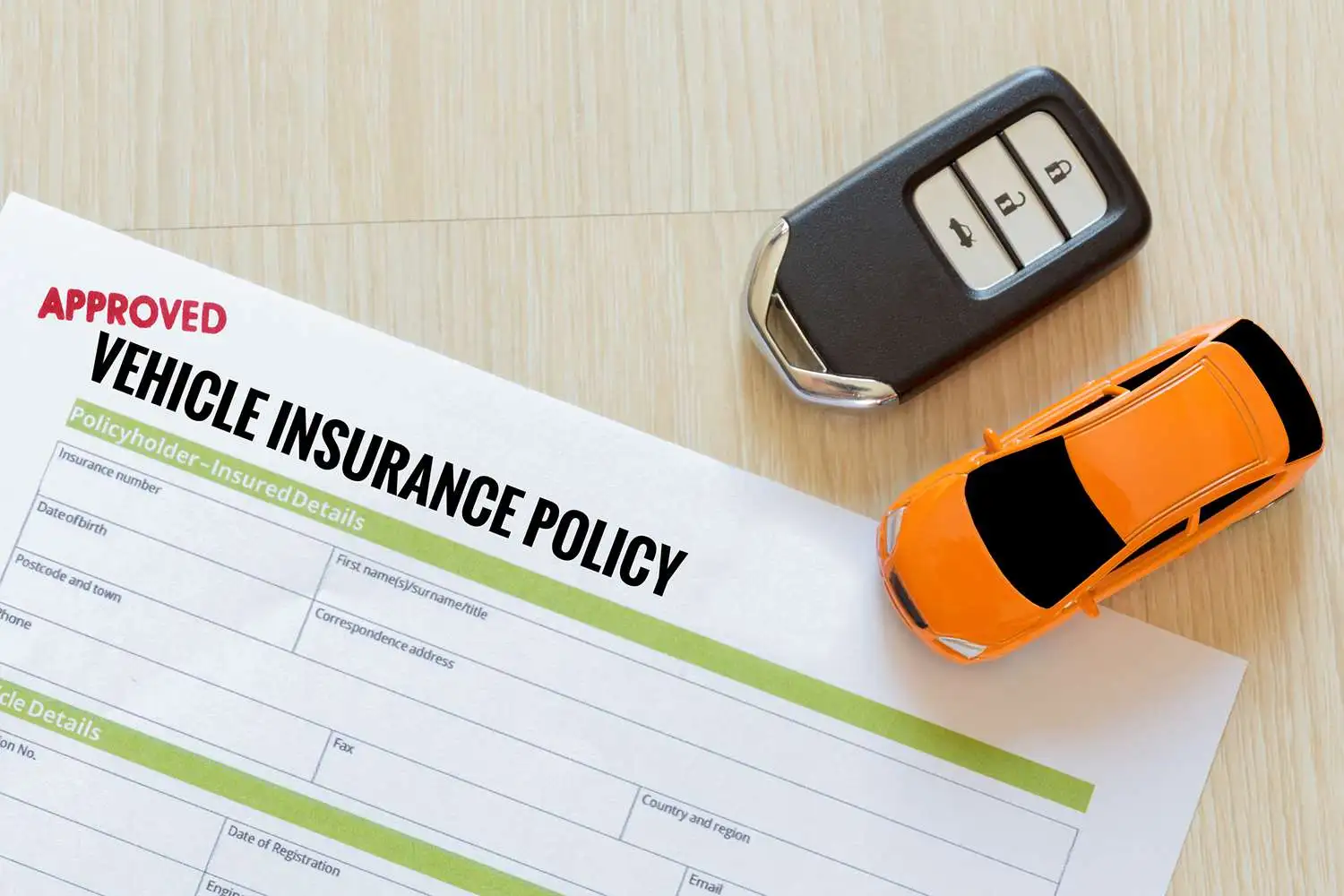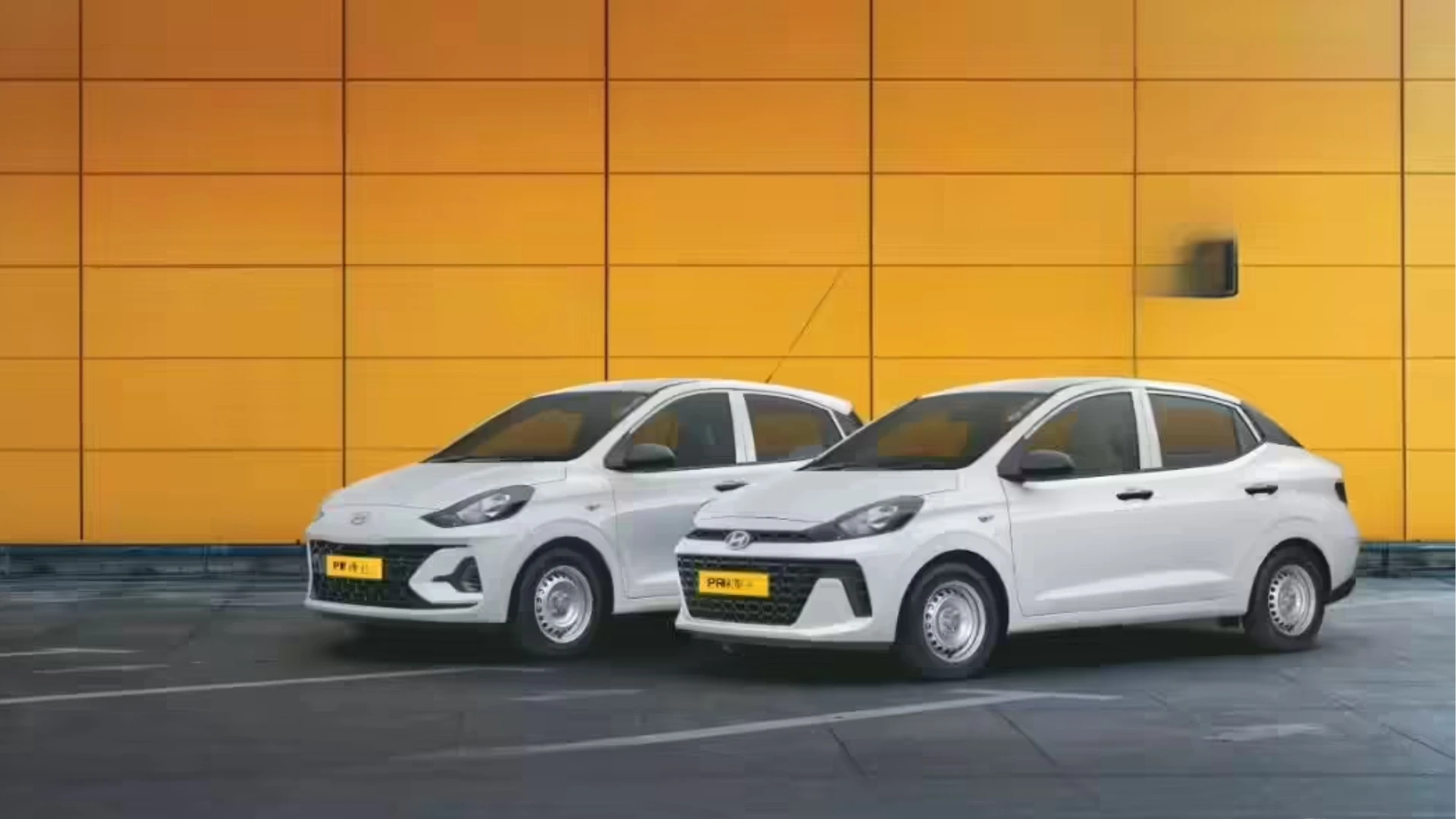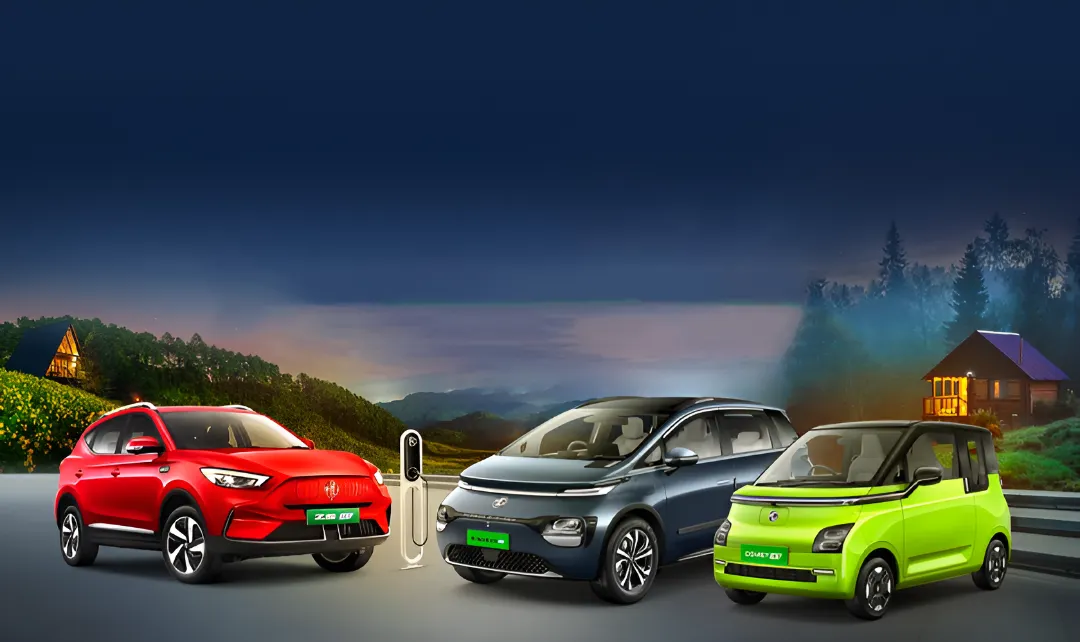Owning a motorcycle is not only about the joy of riding; it also comes with certain responsibilities, one of which is having the right insurance coverage. Bike insurance is essential to protect you, your bike, and others on the road. But when it comes to bike insurance, there's more to consider than just getting a policy; understanding how the premium is calculated is crucial. In this beginner's guide, we'll provide an overview of bike insurance premium calculation, including the factors that influence it and how to use a bike insurance calculator. Whether you're purchasing insurance for the first time or looking to renew your policy, this information will help you make an informed decision.
What Is Bike Insurance Premium?
The premium is the amount you pay to your insurance company for coverage. It's a periodic payment, usually made annually, to keep your bike insurance policy in effect. Understanding how this premium is calculated can help you make cost-effective choices when selecting or renewing your insurance.
-
Factors That Influence Bike Insurance Premium:
Several factors come into play when determining the premium for your bike insurance. While some factors are within your control, others are external and depend on your bike's specifications and usage. Here are the key factors that influence your bike insurance premium:
- Type of Coverage: The level of coverage you choose significantly affects your premium. There are primarily two types of bike insurance coverage: third-party and comprehensive. Third-party insurance is mandatory by law and covers liability for damages to a third party. Comprehensive insurance provides additional coverage for your own bike.
- Insured Declared Value (IDV): The IDV represents the current market value of your bike. It is crucial because it influences the maximum amount your insurance company will pay in case of a total loss or theft. A higher IDV typically results in a higher premium.
- Bike's Make and Model: The make and model of your bike play a significant role in premium calculation. High-end or sports bikes usually have higher premiums due to their higher repair and replacement costs.
- Age of the Bike: The age of your bike affects the premium. Newer bikes generally have higher premiums because they have a higher market value and are considered less prone to mechanical issues. As the bike ages, the premium may decrease.
- Location: The location where you ride and park your bike can influence your premium. Areas with higher instances of theft or accidents may have higher premiums.
- No Claim Bonus (NCB): NCB is a discount on the premium that you receive for every claim-free year. A higher NCB can significantly reduce your premium.
- Add-Ons: Add-ons or riders are additional coverages that can be added to your policy. These can include zero depreciation, personal accident cover, and more. The more add-ons you include, the higher your premium.
- Engine Capacity: Bikes with larger engine capacities tend to have higher premiums. This is because they are typically more powerful and potentially riskier to insure.
- Rider's Age and Experience: Your age and riding experience can impact the premium. Younger and less experienced riders may have higher premiums due to a higher perceived risk.
- Claim History: Your past claim history plays a vital role in premium calculation. If you've made frequent claims in the past, your premium may be higher. On the other hand, a clean claims history can lead to a lower premium.
-
Using a Bike Insurance Calculator:
One of the most convenient ways to estimate your bike insurance premium is by using a bike insurance calculator. These online tools are provided by insurance companies and help you get an approximate premium based on the information you provide. Here's how to use a bike insurance calculator:
- Visit an Insurance Company's Website: Go to the official website of an insurance company that offers bike insurance. Look for the bike insurance calculator tool. It's usually available on the insurance product page or in the tools and resources section.
- Enter Bike Details: Begin by entering your bike's details. This includes the make and model, age of the bike, engine capacity, and IDV.
- Choose Type of Coverage: Select the type of coverage you want, whether it's third-party, comprehensive, or any additional riders or add-ons.
- Add Personal Information: Enter your personal information, including your age and riding experience.
- Claim History: Provide details of your claim history, including the number of claims made in the past.
- Location: Enter your location or the area where you will be riding and parking your bike.
- Calculate Premium: Once you've entered all the necessary information, the calculator will provide an estimated premium amount. This will give you an idea of the cost of your bike insurance policy.
-
Tips for Reducing Bike Insurance Premium:
If the estimated premium from the bike insurance calculator is higher than you'd like, there are several strategies to consider for reducing it:
- Increase Voluntary Deductible: A voluntary deductible is the amount you agree to pay out of pocket in case of a claim. By increasing the deductible, you can lower your premium. Just ensure you can afford the chosen deductible in case of a claim.
- Opt for No Claim Bonus (NCB) Protection: NCB protection allows you to retain your NCB even if you make a claim. This can result in a discount on your premium.
- Maintain a Clean Riding Record: Avoid accidents and traffic violations to maintain a clean riding record, which can lead to lower premiums over time.
- Park Securely: Parking your bike in a secure location can reduce the risk of theft or damage, which may result in a lower premium.
- Compare Quotes: Don't settle for the first premium quote you receive. Compare quotes from multiple insurance providers to find the most competitive rates.
- Bundle Policies: If you have multiple insurance needs, consider bundling your policies with the same provider. Many insurers offer discounts for multi-policy holders.
- Reduce Coverage for Older Bikes: As your bike ages, its market value decreases. Consider reducing coverage for older bikes to lower the premium.
In Conclusion
Bike insurance premium calculation can seem complex, but with the right information and tools like bike insurance calculators, you can estimate your premium effectively. Understanding the factors that influence your premium can help you make cost-effective choices while selecting the best bike insurance company in India. Remember that while it's essential to find ways to lower your premium, it's equally crucial to ensure that your coverage adequately protects you and your bike on the road.







_1767593014.webp)


